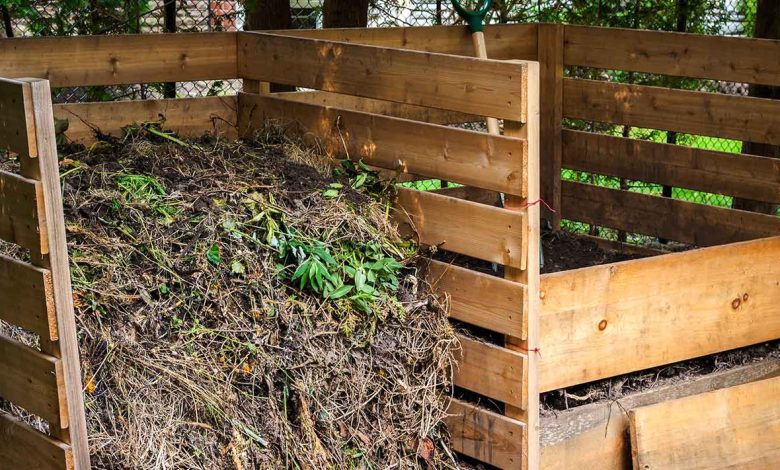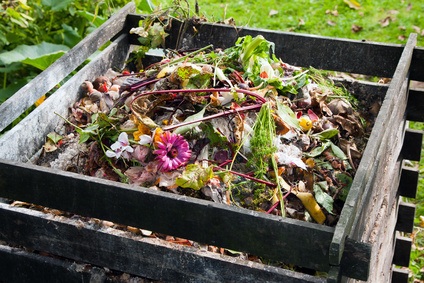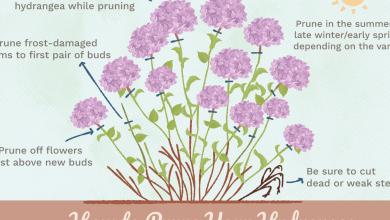Composting for Confined Spaces: Complete Guide

There are many who have started the journey towards a healthier life, such as generating their own food, implementing orchards in their gardens; however there is another group of people that we would like but due to lack of space we have backed down.

Although today, that is no longer an excuse because there are different ways and methods such as planting tomatoes in a pot on your terrace (Trenching potted plants); and although what we get is not much, the satisfaction that comes from eating something like a simple tomato to which you have dedicated time for its production, is wonderful.
Now, when you have finally defeated that wall and risked having your mini garden on your terrace, the next problem comes: FERTILIZE. This could be solved using some chemical fertilizer (Substrates and fertilizers in organic farming) but since we have taken that leap, why not go a little further and generate what we lack ourselves?
Below I will explain how to generate compost in small spaces in an easy, simple and economical way.
What is composting?
Before starting this, you should know that composting is a decomposition process of organic material due to the activity of different organisms such as bacteria, fungi, worms, etc.; always in the presence of oxygen. Composting: we are going to return something to the soil
For the elaboration of our compost we must identify two types of materials:
- Dry material: This group includes the remains of the gardens or your orchard, such as dry leaves, branches; there is also straw and sawdust. What this type of material does is add carbon.
- Wet material: Here is all the vegetable waste, such as vegetable scraps generated in the kitchen. We also include fruit and egg shells, but not leftovers that are cooked, processed, or contain any type of chemical. What the wet material provides is mainly nitrogen.
How to compost for small spaces
Now that we are clear about which elements can only be used, let’s see how to make our compost.
Materials
- A plastic bucket that can be small or large, depending on how much you want to get.
- Garden soil or black soil.
- Plant remains (vegetables, fruits, straw, dry leaves,…)
- Scissors
- Water
Process
- The plastic bucket must have holes on the sides and at the base so that oxygen can enter, which, as I already explained, is important for decomposition. On the other hand, it also allows excess liquid to escape. One recommendation is to put something at the base of the bucket so that the liquid that comes out stays there.
- After having our bucket ready, we will put a layer of soil followed by a layer of dry leaves, branches,… (depending on what material you count, as long as it is within the group of dry materials). Then pour a little water but only with the intention of moistening a little, we must avoid creating a puddle as it harms our compost (it can rot).
- Later we will put the plant remains (wet materials), it is better to put them in small pieces so that the decomposition is faster.
- Then repeat step 2 and so on until you consider that it is enough, but first put a not so thick stick in the middle and continue covering. The stick will allow us to remove our compost in the next few days.
- Once finished, the last layer must be dry matter because this will prevent some insects from reaching it, such as the fruit fly (Ceratitis capitata). Fight the whitefly
- Place the bucket in a place where the rain does not reach it and the sunlight is not direct.
- It has to be stirred once or twice a week since aeration is important as well as maintaining adequate humidity and for this you have to add water (only if necessary).
Composting Tracking for Small Spaces
The first weeks we will realize that our compost has a high temperature and it is because the thermophilic decomposition process is taking place where the temperature can exceed 65ºC. After this stage comes the mesophilic decomposition where the temperature decreases and the mass reduction of organic matter occurs.
After a while, when the decomposition is coming to an end, we must prevent conglomerates from forming because of them, it is advisable to decompress to obtain a looser fertilizer.
The advantage of the fertilizer that we will obtain is that it contains elements such as nitrogen (N), phosphorus (P) and potassium (K); which are essential for plant growth. Other elements are also generated in smaller quantities but necessary, such as sulfur (S), magnesium (Mg), calcium (Ca) and copper (Cu).
It is very easy to make our own fertilizer for our plants, it is something that does not take us much time and the space to occupy is chosen by us depending on our needs. Therefore we no longer have excuses and we can continue with our objective: A healthier life and respecting the environment.


![Photo of The Complete Guide to Persimmon Cultivation [What You Should Know]](https://www.complete-gardening.com/wp-content/uploads/2022/08/the-complete-guide-to-persimmon-cultivation-what-you-should-know-390x220.jpg)
![Photo of Plant a Laurel: [Dates, Soil, Irrigation, Pests and Diseases]](https://www.complete-gardening.com/wp-content/uploads/2022/08/plant-a-laurel-dates-soil-irrigation-pests-and-diseases-390x220.jpg)
![Photo of Prune Cherry Trees: [Importance, Season, Tools, Considerations and Steps]](https://www.complete-gardening.com/wp-content/uploads/2022/08/prune-cherry-trees-importance-season-tools-considerations-and-steps-390x220.jpg)